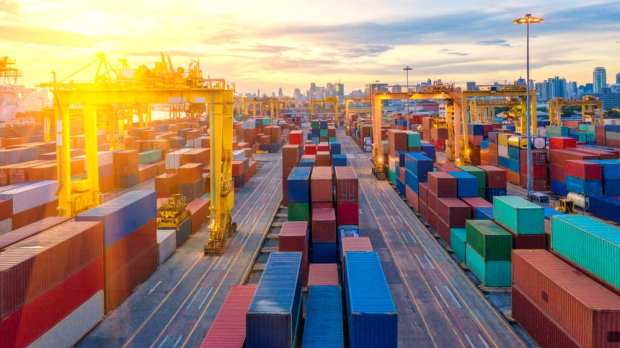Optimizing Data To Unlock Trade Finance Collaboration

Well before the coronavirus crisis hit, businesses — particularly small and medium-sized enterprises (SMEs) — were faced with a whopping $1.5 trillion gap in available trade finance that hampered their ability to grow. Now, with survival on the line for many companies, the urgency to close the trade finance gap has grown.
While a slew of FinTechs have stepped onto the market in recent years in an effort to facilitate funding, the vast majority of trade finance is provided by a handful the world’s largest financial institutions. It’s a complex ecosystem, however, in which financial institutions must coordinate with insurers, institutional investors, and each other to not only originate trade finance, but mitigate risk and distribute assets.
According to Tradeteq CEO and Founder Christoph Gugelmann, financial institutions have a real opportunity to contribute to the overall well-being of businesses, supply chains, and the global economy, but continue to face plenty of friction from legacy infrastructure that prevents a holistic and seamless operational flow both within the financial institution and between partners.
By nature, he recently told PYMNTS, trade finance is a cross-border industry involving an array of collaborators. Moving data and assets between those partners around the world continues to be both challenging and expensive, but automated technology can help ease the burden and open the door up to trade financing opportunities.
A Digitization Path
In recent years, Gugelmann said financial institutions have made major progress in digitizing their back office infrastructures. This success has laid the groundwork for traditional banks to now build upon this digital foundation with an array of technologies and tools, sometimes proprietary and sometimes offered by third parties, to optimize various workflows.
When it comes to trade finance, digitization is key to streamlining data as it flows throughout an institution and with its various partners. Yet, as Gugelmann explained, managing trade finance data remains one of the biggest hurdles for banks, in part due to regulatory requirements of how and where data is stored.
“It’s very important to host the data in the jurisdiction they need to host it in, from a regulatory perspective,” he said.
To help banks efficiently and compliantly migrate trade finance workflows to the cloud, Tradeteq recently announced a collaboration with Microsoft Azure. Cloud data storage not only means greater visibility, but also less friction when financial institutions need to share that data with counterparties.
This is particularly true when it comes to trade finance asset distribution, a process that helps financial institutions mitigate risk and, for originating banks, to drive up net interest income and return on equity.
Optimization Through Technology
But the cloud is only one portion of the puzzle to optimizing trade finance operations. Other technologies that are able to sit on top of banks’ existing infrastructure have also opened up new avenues to optimize data and tackle an array of pain points in trade finance.
Machine learning, said Gugelmann, has the potential to ease friction in several areas, including fraud management. The technology can identify patterns and outliers within the data that can more quickly raise any red flags for a bank and reinforce standard risk mitigation methods like Know Your Customer (KYC).
Sophisticated data analytics tools can also help manage a broader landscape of risk, he said, for example by assessing how risk translated from one counterparty to another.
“You have to look at risk in its entirety,” said Gugelmann. “The fraud risk, but also the credit risk, the dilution rate and other financial stresses. There are many new ways of risk mitigation.”
With access to trade finance an imperative component of economic recovery, financial institutions will continue to play an important role in stabilizing global supply chains. Though various jurisdictions are launching new loan programs aimed at supporting businesses and their trade flows, “nothing is better than actually lending against specific transactions,” said Gugelmann.
In order for financial institutions to make the greatest impact, however, they will need to make progress in their digitization efforts. Though adoption of the cloud and data intelligence solutions that can support automation without compromising compliance, Gugelmann said, banks can seamlessly collaborate with each other and the non-bank investors eager to step into the trade finance space.
“Those funds can be channeled to banks, and banks can channel it to their customers,” he said. “If the transmission works well, in the future we will see much better allocation.”
